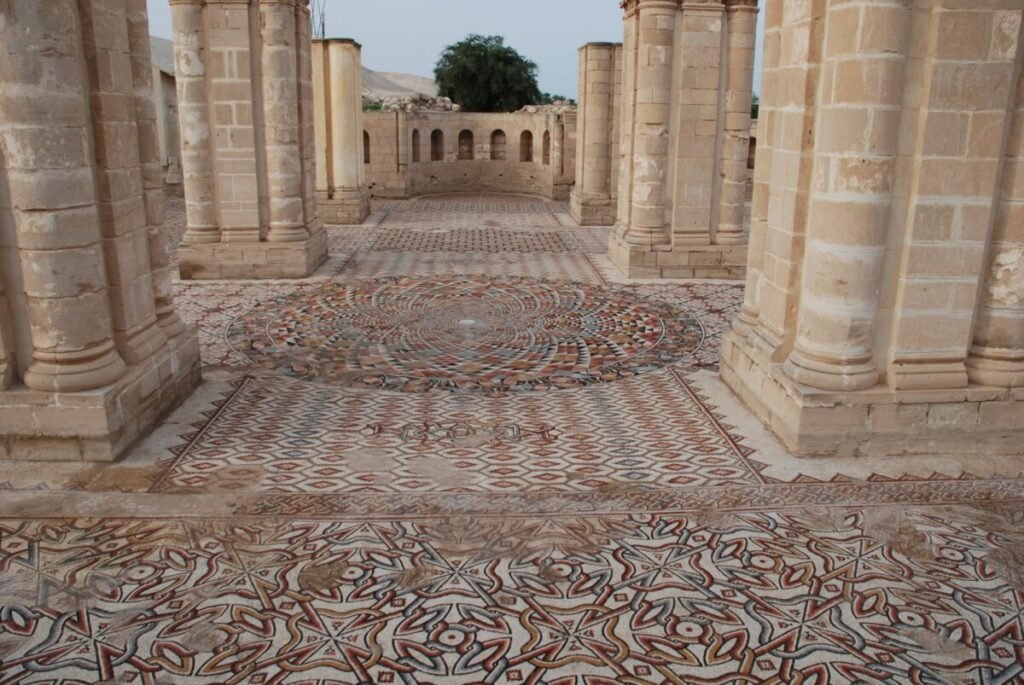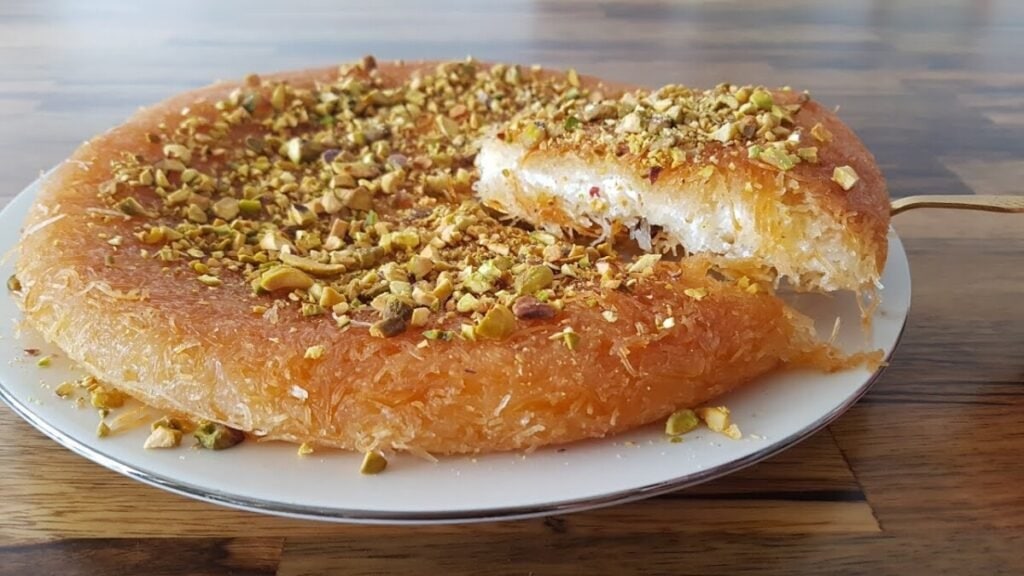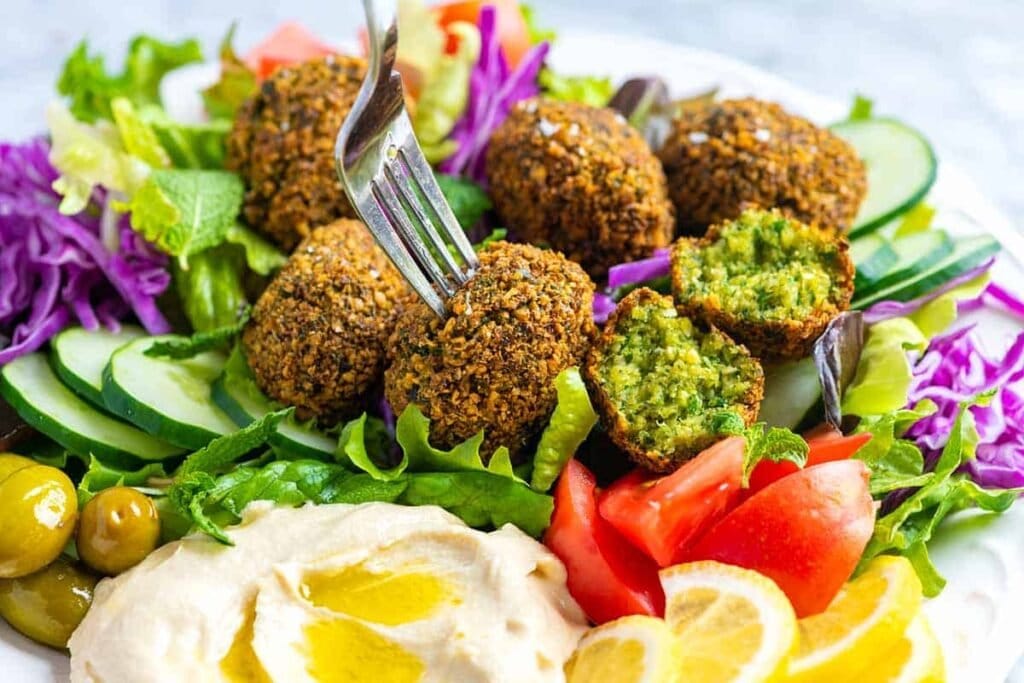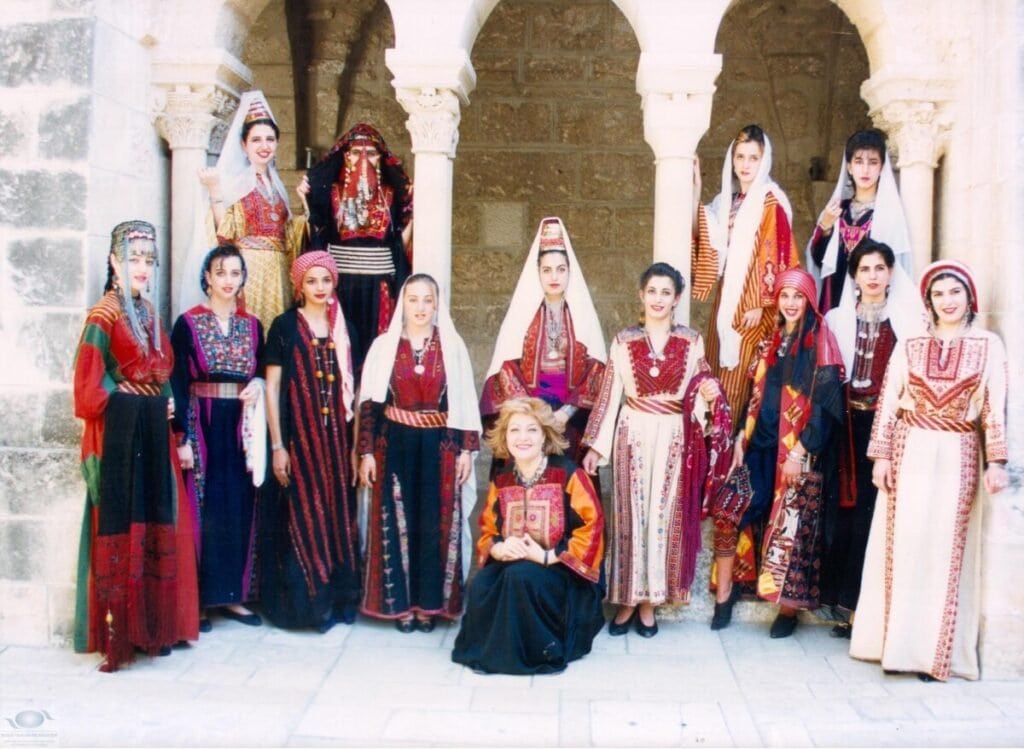Palestine, a beautiful historic land, enriched in culture and famous for its peaceful resistance. People there still waiting for many unanswered questions to be answered, striving hard to live, looking upon the international guardians, champion of Human Rights to bring them justice.
Palestine, the word has been prompted from the Greek word, Philistia, which depicts to Ancient Greek writers’ cataloging of the region in the 12th century B.C. Palestine has been ruled by various groups, including the Assyrians, Babylonians, Persians, Greeks, Romans, Arabs, Fatimids, Seljuk Turks, Crusaders, Egyptians and Mameluke and Ottoman Empire.
In 1918, after the World War I was ended the British took control of Palestine. The League of Nations declared a British mandate for Palestine, that let the Britain to control administratively over the region, and included requisites for founding a Jewish national state in Palestine, which became effect in 1923. the United Nations proposed a scheme to divide Palestine into two sections: an independent Jewish state and an independent Arab state. The city of Jerusalem, which was labelled as a capital by both Jews and Palestinian Arabs, was to be an international territory with a significant status.
According to the stats of worldometer the current population of the State of Palestine is 5,207,201. The State Of Palestine population is equivalent to 0.07% of the total world population. The State Of Palestine ranks number 121 in the list of countries by population. Palestine is constituted with Arabs, Jews, Samaritans and Palestinians ( people who have been living on the land since its inception)
Palestine has been known for its cultural enrichment and noble heritage that attracts tourists from all over the world. Its ancient monuments, ancestral towns, traces back to the historical legacy of religious leaders and their events where you can learn about the glorious past of Palestine.

Hisham’s Palace also known as Hirbet al-Mafja.
An aesthetic desert palace, and an important islamic arechealogical site. It was built in 720 and 750 AD. It is consist of 3 main parts: a palace, an ornate bath complex, and an agricultural estate.

Abraham Mosque is known as worlds oldest holiest place.
The importance of place is due to the believe that its a burial place of Abraham, Sarah, Isaac, Jacob, Rebecca, and Leah. This makes it a sacred place for Jews, Muslims and Christians.
Church of the Holy Sepulchre also known as the site of crucifixion of Jesus of Nazareth.
The specificion of this place is stone of Golgotha, where the cross is believed to have been placed and people come here to caress and weep.
Gethsemane garden
A beautiful garden with lush green grass and olive trees, where Jesus is believed to have been praying before being arrested and take for crucifixion.
Mar Saba Monastery
An architectural wonder of the Byzantine age. Female travelers aren’t allowed to enter this place. One of the holy historic cliff is beautifully made between the rocks.
Al Aqsa Mosque
It was established in 705 B. It is also one of the holiest places of Muslims after Mecca and Medinah. The two Islamic legend names Hussein bin Ali Sharif Mecca and Abdullah I ibn al-Hussein were buried here, which prominents its significance for muslims all around the world.
The Dome of the Rock
It is part of one of the most important Islamic mosques in Jerusalem, Palestine, and the Islamic History, Al Aqsa. it was built in 691 B. The Ministry of Awqaf Islamic Affairs and Holy Places take care of this holy site The architectural styles of this building are Islamic architecture, Byzantine architecture, Ottoman architecture, Abbasid architecture, and Umayyad building.
Agriculture plays a dominant role in the Palestinian economy as its the epicentre of foreign exchange, generating over 22% of the Gross Domestic Product of the West Bank and Gaza. By giving employment opportunities to jobless people to the 15 % of the population the Palestinian agricultural sector supports and uplift the financial strength of people.The Palestine’s Mediterranean climate has made it favourable for the growth of citrus crops and olives. dry onions, tomatoes, okra, snake cucumber, squash, cauliflower, and potatoes are planted under rain-fed conditions. Grape trees are the prominent ones, women make Dibis, a fruit juice by gathering grapes which are later crushed by men. Dates, apricots, pomegranates, raisins and other sweet citrus fruits are grown on the agricultural belt of Palestine.Food is considered as a cultural uniqueness and identity. Traditional dishes and national cuisine of Palestine operates as a unifier of different communities present in Palestine.The culture of Palestine revolves around the food, they are too much into food that making an event out of ordinary is what they do for the love of food.
Freekh is a cereal food which is made by roasting and rubbing green durum wheat. Freekeh is rich in minerals and vitamins,and in both fiber and protein. It has a nutty taste and after roasting Fareekeh savory and smoky taste develops.It can also be cooked like rice or barley.
Musakhan is a Palestinian Arab dish that has roasted chicken baked with onions, sumac, allspice, saffron, fried pine served with roasted almonds and taboon bread. This dish is also famous in Syria, Lebanon and Jordan.On April 20, 2010, the largest ever dish of Musakhan was prepared in Ramallah, Palestine and registered it into the Guinness Book of World Records.
Humus is a saucy dip. when chickpeas are mashed, cooked and blended with tahini, lemon juice, oilve oil and garlic humus is made, eaten with pita bread.

Kanefah is a delicate, creamy, and subtly sweet desert made with syrup. By shredding semolina dough, soaking in sweet, sugar-based syrup, and layering with cheese, nuts or clotted cream, and sprinkled with bright green ground pistachios kanefah is made. It’s recipe was invented by Palestinian Arabs in about the 10th century AD and passed to the Turkey a long time ago.
Shish barak are the little dumplings filled with seasoned lamb, boiled, fried or baked pine nuts and onions and served in a warm yogurt sauce with melted butter, mint, sumac. They are made in Lebanon, Iraq, Syria, Jordan, and Palestine.

Falafel are delicious balls of chickpea and herbs. Can be made by frying and baking. ground chickpeas or fava beans, herbs and spices are mixed together to make balls or patties and deep fried for the crisp on the outside and soft on the inside.
Clothing is a reflection of culture and a symbolic factor for the preservation of cultural heritage. The Palestinian traditional attire is a combination of cultural diversity raging from syrian customs to Jordan due to their proximity. Palestinian embroidery embedded with motifs reflects ancestry and feminine beauty which is called Tatriz. Earlier Palestinian women used to wrap-around cloth, a cloak, a scarf, and a shawl. However with the time and development the style changed but the tradition remained the same.
Thob: a long gown, with full sleeves giving a royal look is worn by men, which is considered as a principal garment of Palestine. It is often in white color we can also find it in blue, brown and black.
keffiyeh: chequered black and white scarf that is usually worn around the neck or head. Denotes as a symbol of resistance or nationalism. It was first worn by rebels to protect their identities against the british mandate in 1930.

Hizam: fabric and leather belts men wore under the Thob.
lavandi: Same stuff belts in a wider size.
Taqsireh, Jubbeh, Jillayeh: Embroided Jackets with different designs and embellishments worn by women.
izar: Linen or cotton fabric cloth of white color, wrpped around by women.
Palestinian women are fond of wearing ornaments. Their jewellery is made from silver: necklaces, chokers, bracelets, anklets, rings, nose rings. All of the silver jewellery was Imported from Egypt and Syria. Gold jewellery became familiar in 1920s.
Literature is often described as a mirror of humanity and it depicts the real complexity of human conflict. It unifies people beyond the mechanism of time and space by adding voice and word to the exploration of moral and social dilemmas. The Palestinian literature is constituted on Arabic novels, poems, short stories and themes. The literature of resistance prominents Palestine’s identity for its survival. Political struggle, extential crisis, decline of the Ottoman Empire, British colonialism and Palestinian self identification all can be found in enriching Palestinian literature. Ghassan Kanafani is an author who coined the term Palestinian Resistance Literature.
Resistance Poetry is used as a tool in political activism. Poets like, Mahmoud Darwish, Samih al-Qasim, and Tawfiq Zayyad used their poetic activism to dispose their political and social purpose. writers like Salma Khadra Jayyusi and novelist Liana Badr were the ones who would give intensely political content.
Story telling is a part of Palestinian culture. Hakawatis are people who would visit towns, villages and cities to tell stories.
Art amplifies the cultural feeling and traditional sentiments by connecting people who share same sense of imagination, collective memory and documentation of history. Palestinian art’s composition traces its root back to islamic And Christian folk art. The narrative that artists want to send to the world is all about the Liberty, Resistance and Peace. Palestine is famous for its Liberation Art, an fusion of Political character Religious themes and Modernism.











